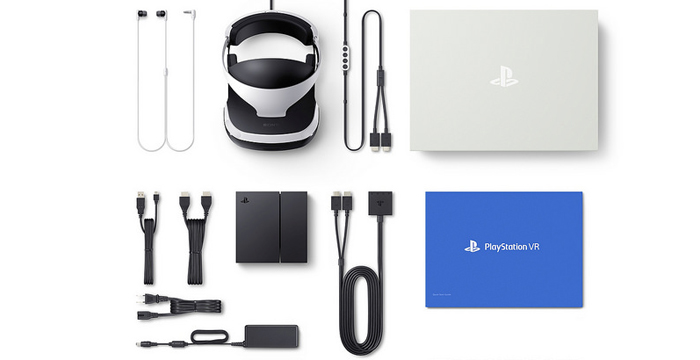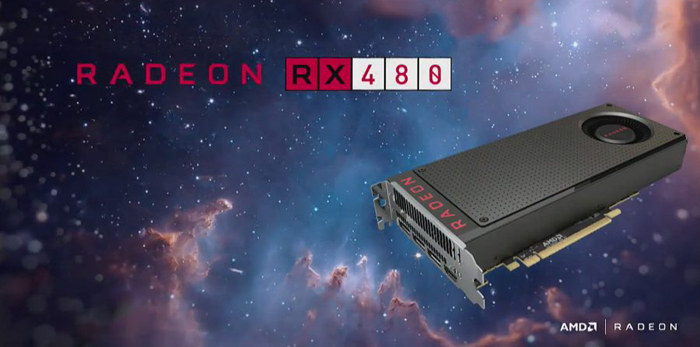The year 2016 is to be the year when most of the major players in the gaming industry have or will release their Virtual Reality headsets and platforms for consumers. The year will be sort of a second innings for VR to come back into gaming scene after the disastrous debut in the late 80s with Nintendo and Sega systems causing dizzy and non-enjoyable experience.
The platform revived after Palmer Lucky started a Kickstarter campaign in 2012 for mass production of his version of VR headset ‘Oculus Rift’ which was supposed to cause a stir in the gaming market in the years to come. Today, there are at least half a dozen big companies fighting the VR headset war to capture the market and have a sizeable lead in the VR race.
However, to capture the market and draw the user’s attention, the consumer/gamer needs to have big pockets or a very powerful PC to run such graphic intensive VR games. With the minimum requirements of 8GB RAM, NVIDIA GTX 970/AMD 290 or equivalent, Intel i5-4590 processor equivalent plus Windows 7 SP1, this will cost you anywhere between $600 to $1000. In addition, VR headsets like Oculus cost you another $599 plus shipping costs if you are not in America. So if you want to play the new age VR games you need to have deep pockets and some place in your home to setup a dedicated VR unit.

Not only these, there are some AAA publishers and developers who have resorted to wait and watch game when it comes to jumping on the VR bandwagon, and see the response the platform will get once it is out of its early stage. One such person is Take-Two CEO Strauss Zelnick who recently voiced his concern about VR at the Cowen and Company 44th Annual Technology, Media & Telecom Conference. He said VR’s current asking price $2,000 (when you factor in high-powered PC costs) and need for a dedicated play space, limit the potential for mass appeal.
“We have $300 to spend on an entertainment device and we do not have a dedicated room,” he said. “We have a room for a screen, a couch, and controllers. We don’t have something where you stand in a big open space and hold two controllers with something on your head and, you know, not crash into the coffee table. We don’t have that.”
“We’re not incentivised to be at the frontline of (VR) development,” Zelnick said. “We are actually incentivised to wait and see a bit if there’s an installed base, let the format settle down, and let other people test the market. We’re quite happy to be a free rider—if there’s a market, we’ll get to the market in six to twelve months and we’ll be just fine.”
Zelnick is not the only one who seems to be unenthusiastic about the current scenario of VR and not be a part of the format. Others big game developers and publishers too have been sceptical like Activision CEO Eric Hirshberg said in an interview last year, “We don’t say, OK, there’s this new technology, this new platform, let’s go design new games for it, anymore than we did with the Move or Kinect. There are some ideas where it’s a lot more natural to imagine and some that aren’t.”
There are more names in the list who have been sceptical when it comes to VR. Nintendo of America president Reggie Fils-Aime said that VR is not fun at the moment. He said that for VR to be a fun experience for the players, it needs to be more social and engaging. The scoffing does not stop at the gaming industry big-wigs. One of the biggest directors, Steven Spielberg too has been questioning the over reliance and over enthusiasm of the VR platform and suggested that VR as a means of creation could be dangerous for the future of storytelling.
Such a stance by the industry leaders will stir trouble for VR platform which has been quite an interesting platform since it has started to gain traction for all quarters not only gaming. If game developers and publishers keep away from the platform it will give out wrong notion to consumers and people who want to be early adopters of this new tech. With a limited audience attraction, these devs/publishers will keep sitting out, creating an unwanted cycle until VR becomes a technology that comes, sees and conquers.

There are a few signs that people who want to adopt the technology early will have the option to spend a little less. Tech giant Advanced Micro Devices (AMD) recently introduced a $200 AMD Radeon RX 480, which the company claims that it can handle all the requirements for running VR headsets and one does not need $500 – $600 expensive graphics cards. This is just a start for the platform and as it starts maturing, the costs are likely to come down. However, for that to happen, the developers and publishers too need show interest and announce big ticket games to attract more people to the platform. For the platform to gain momentum and become big, this will always be the case.
Not all big name publishers have shown hesitancy on the mention of VR. Names like Ubisoft, Electronic Arts, Square Enix, Bandai Namco, Capcom 2K Games, Warner Bros. Interactive have been planning to come up with VR content in a big manner. Ubisoft has promised to port major of its franchises to VR. Valve too is betting big on virtual reality and may ship a number of its titles for its Vive headsets.
Sony’s PlayStation VR also could mean more affordable VR experience as the headset directly connects to PS4. Sony has said it is bringing in more AAA developers to VR space thanks to its close ties with major studios. Sony claims that more than 200 developers are on board developing content for PlayStation VR software. When Sony has plans for VR, one cannot keep Microsoft out for long. Microsoft announced that its opening up its HoloLens so that more people can pick up the headset and start making their own versions of the holographic lens which could draw more attention to VR.
Although in its nascent period, VR has taken big leaps in being one of the most exciting things in the technology space in the recent times. Distance from the industry leaders will only pull the platform back. Support will not only help the platform but will also bring in the new verve from the audience towards these new titles from publishers and developers.
If the companies want numbers, HTC Vive sold more than 15,000 headsets since it’s launch and Oculus is giving out strong numbers but is currently facing issues due to component shortage which has delayed its shipping further. Sony and Microsoft too will soon follow the suite, giving all big players in the gaming industry, a tough competition in the VR space. It is certainly an exciting time to be a part of the VR space and it has a great potential not only for the games but also for the film, medicine, defence, design sectors to name a few. VR cannot survive on a few big names and a lot of indie developers. It has to have major developers/publishers backing it up and throw some weight behind it.

